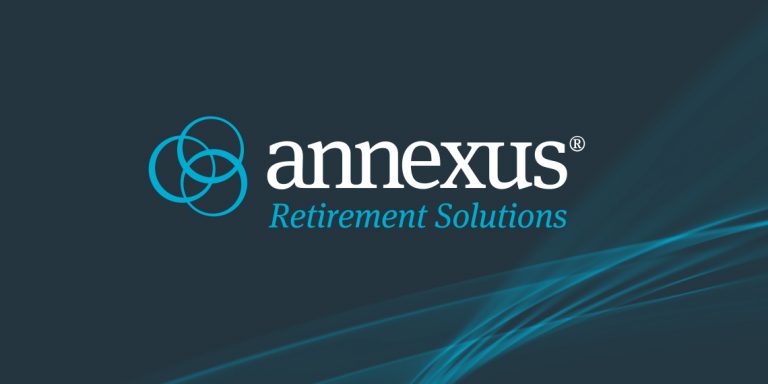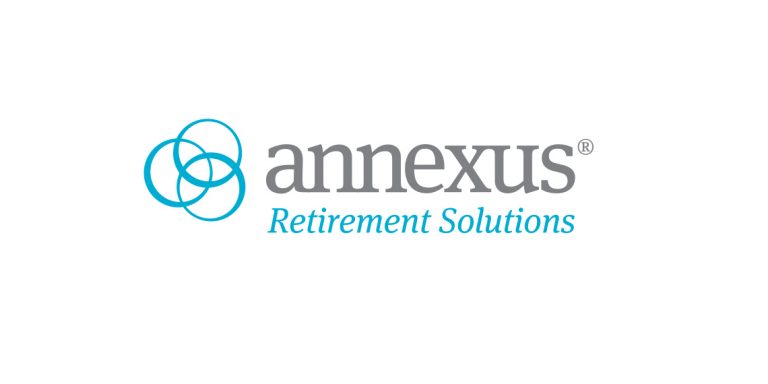Commentary: Don’t be insecure about the SECURE Act
By Charles E.F. Millard
This article was originally published by Pensions & Investments
There are three characteristics necessary for a sound retirement system: sustainability, professional liability-focused investment management and pooling of risks. These are the traits that make a retirement system work. Unfortunately, the 401(k) system in the U.S. currently lacks each of these traits.
The good news is that the SECURE Act — recently passed on a bipartisan basis and signed into law by President Trump — provides an opportunity for the 401(k) and defined contribution system to adapt itself to include versions of each of these elements going forward. Plan sponsors and their advisers now have the capabilities necessary to make the DC system work better for participants and retirees. It is time for them to do so.
Sustainability
The most important element of sustainability is the certainty of lifetime income. It does no good to have an adequate plan for withdrawals from your 401(k) if those withdrawals deplete your assets. Similarly, your assets are, of course, “sustainable” if you withdraw far less than you otherwise might need, simply to make sure you do not run out of money. A sustainable system provides an adequate benefit that will last your entire lifetime in retirement.
The SECURE Act has two particular provisions that are designed to address this problem. First, it requires plan sponsors to show participants what their lifetime income would be based on their current trajectories. The Department of Labor will draw up regulations about this, but the idea is that individuals should focus on their lifetime outcomes, rather than on the balance in their accounts.
In order to enhance sustainability the new law encourages the use of in-plan annuities. Whether annuities are used in plan or at retirement, the focus is on creating sustainable lifetime income.
Professional, liability-focused, investment management
In a classic, defined benefit pension plan, the plan sponsor and investment team are entirely focused on meeting liabilities that are contractually obligated and actuarially calculated. In a typical 401(k), there is no such calculation and, until recently, most asset allocation and manager selection decisions were made by unsophisticated investors themselves.
In recent years, huge flows of defined contribution investments have gone to target-date funds. That has happened in great part because the law was changed to allow plan sponsors to default participants into TDFs, unless the participant opts out. TDFs allow a glidepath of risk-appropriate and age-appropriate asset allocation, so the individual does not have to make the kinds of decisions that professional investment teams can make for them. TDFs have been a wonderful innovation, allowing people to invest appropriately over the long term. However, their principal focus has been on accumulation of assets rather than on providing lifetime income.
The SECURE Act is trying to change that lack of liability focus. The law now makes it easier for plan sponsors to include annuities inside the 401(k) plan. Many plans offer annuities upon retirement, and some offer them as an investment. But very few offer them as part of their TDFs. In particular, plan sponsors fear class-action litigation that could be brought against them if the insurer fails. The SECURE Act goes a long way to alleviate those fears.
The law provides the impetus, opportunity, and safe harbor for plans to use annuities as a deferred option that can be made part of the default TDF fund. Once that annuity is in place, and as it grows, it is part of a professionally managed fund with a liability (the guaranteed income) rather than just accumulation as its target.
Pooling
There are two retirement risks that cannot be addressed by the asset allocation glidepath of a TDF: longevity risk (the risk that I will outlive my savings) and sequence of payments risk (the risk that markets will tank just when I need my funds). These two risks can, however, be addressed by the pooling that is inherent in any insurance vehicle. That is because pooling puts us in an actuarial situation, where the group can invest and spend as if we will all live to be 85; whereas in an individual situation, we must each invest and spend as if we will live to 100.
A 65-year-old in an individual situation needs to save over 40% more to generate the same income in retirement as an individual who purchases a pooled annuity. This is because the annuity purchaser is pooled with thousands of others.
Fortunately, the SECURE Act’s encouragement for annuities not only provides a safe harbor for the selection of the insurance carrier; it also allows for the pooling of resources in “open MEPs” — vehicles that will allow small, otherwise unrelated businesses to pool administrative cost in managing 401(k)s. And when those open MEPs are up and running, they will also be able to use the SECURE Act safe harbor to pool sequence of payments risk and longevity risk.
So imagine you are an employee of a firm with a defined benefit plan that was frozen before you arrived. You know that many of your colleagues have guaranteed lifetime income, provided — in the extreme version of a default option — by the employer’s pension plan. So just as your employer can now “default” you into a TDF, don’t you think that the TDF should also include lifetime income?
Imagine you are a corporate treasurer or the head of benefits for a company with such a frozen defined benefit plan. How do you answer employees who reach retirement age and say they never saw the fine print that allowed them to buy in-plan annuities. They say, you defaulted me into a TDF; why not into one with a built-in annuity?
Congress has made it easier. It is time for employers and their advisers to act.
Charles E.F. Millard is the former director of the U.S. Pension Benefit Guaranty Corp., and now serves as an adviser to multiple companies. He is based in New York. This content represents the views of the author. It was submitted and edited under Pensions & Investments guidelines, but is not a product of P&I’s editorial team.







